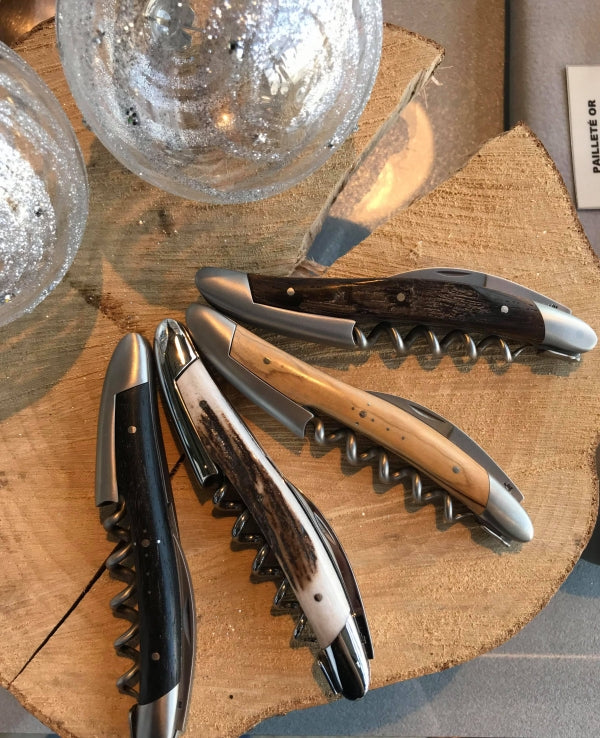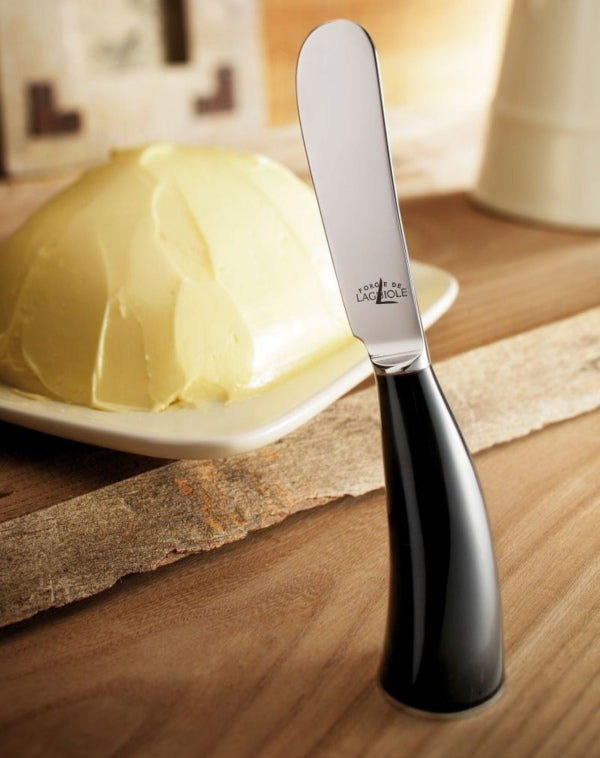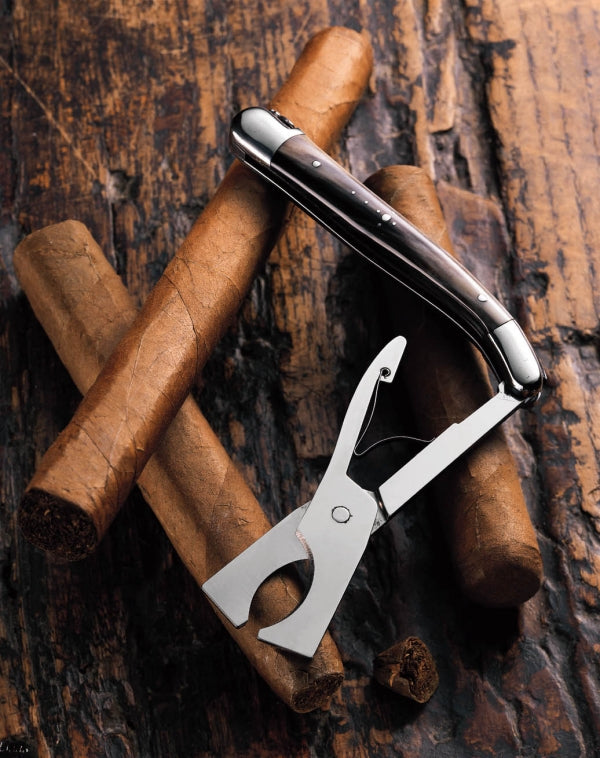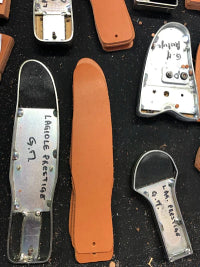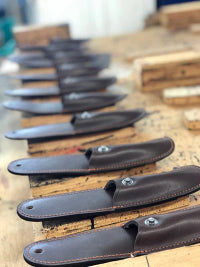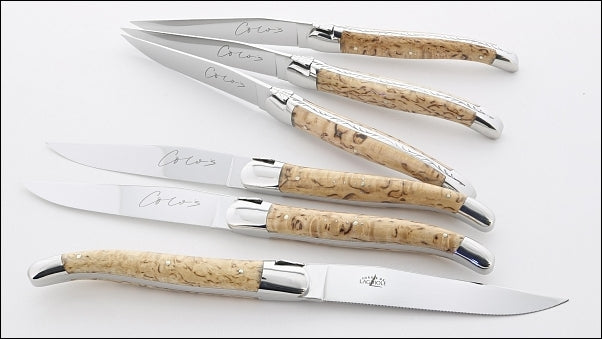-
- Laguiole Horn, Bone & Stag Steak Knives
- Laguiole Wood Handle Steak Knives
- Laguiole Mixed Wood Handles
- Laguiole Steak Knives Gears Inlay
- Laguiole Stainless Steel Steak Knives
- Laguiole Steak Knives Mammoth Ivory
- Laguiole Mammoth Tooth Steak Knives
- Laguiole Steak Knives Studded Handles
- Corsican Steak Knives
New Arrivals
Claude Dozorme
Fontenille Pataud Steak Knives
Table Specialties
-
-
-
-
We are trusted by some of the world best corporations. Offer your employees, customers or business partners a memorable and useful gift.
- Login/Create

